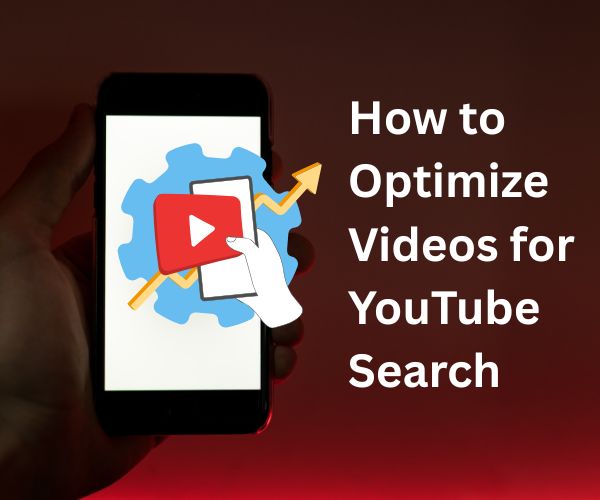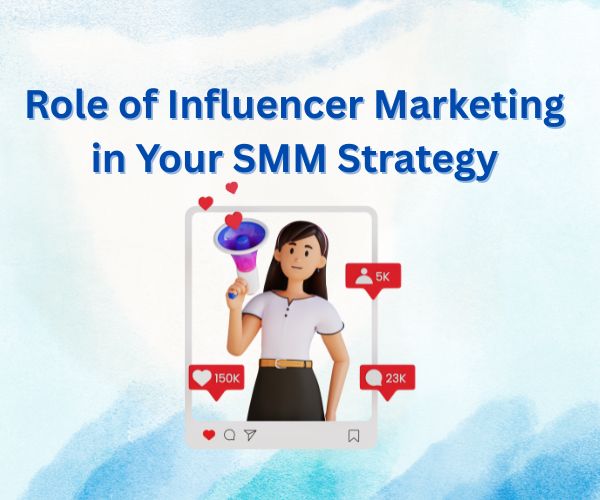Are you spending hours crafting the perfect Instagram post only to get a few likes, while someone else seems to gain thousands overnight with a single ad? That’s the ever-growing tug-of-war between organic and paid social media.
In the fast-paced world of likes, clicks, and conversions, one question echoes louder than ever: Should you grow naturally or pay to play?
In this blog, we’ll unpack the real difference between organic and paid social media, backed with examples, pros and cons, and a strategy that helps you decide where your time and budget should really go.
Whether you’re building a brand from scratch or trying to scale fast-this is the clarity you’ve been scrolling for.
What Is Organic Social Media?
Organic social media refers to any free content-posts, videos, stories, and interactions-that you share on platforms like Facebook, Instagram, Twitter, LinkedIn, etc., without paying to promote them. It’s how you build genuine connections with your audience over time.
Examples of Organic Social Media:
- Posting behind-the-scenes content on Instagram Stories
- Sharing a blog link with a thought-provoking caption on LinkedIn
- Responding to comments on a Facebook post
- Creating polls or Q&As on Instagram
Pros:
- Builds authentic relationships with your audience
- Strengthens brand identity and loyalty
- Free of cost
- Increases long-term engagement and trust
Cons:
- Slow growth in reach, especially with declining organic reach on platforms like Facebook
- Difficult to scale quickly
- Success depends on the algorithm and timing
What Is Paid Social Media?
Paid social media involves spending money to boost your content, display targeted ads, or run campaigns with specific objectives like lead generation, website clicks, or product sales.
Examples of Paid Social Media:
- Running a Facebook ad targeting users in a specific city
- Promoting a new product with Instagram ads
- Using LinkedIn sponsored content to reach decision-makers
Pros:
- Immediate reach and visibility
- Highly targeted (location, interests, behavior, age, etc.)
- Scalable and measurable
- Allows for A/B testing and performance tracking
Cons:
- Can get expensive without proper targeting
- Audience trust is generally lower than organic content
- Requires ongoing budget and optimization
Organic vs Paid: Key Differences at a Glance
| Feature | Organic Social Media | Paid Social Media |
| Cost | Free | Budget-dependent |
| Speed of Results | Slow and long-term | Fast and short-term |
| Targeting Options | Limited (followers + hashtags) | Advanced targeting |
| Credibility | Higher trust factor | May feel promotional |
| Sustainability | Better for long-term relationships | Better for short-term goals |
| Analytics | Basic insights | In-depth performance metrics |
Which One Should You Focus On?
The answer isn’t black and white-it depends on your business goals, budget, and resources. Here’s how to decide:
Choose Organic If:
- You’re building a brand from scratch
- Your budget is tight
- You want long-term community engagement
- You aim to educate or nurture your audience
Choose Paid If:
- You’re launching a product or campaign and need fast results
- You want to reach a new or highly targeted audience
- You have measurable ROI goals (sales, leads, conversions)
- You’re retargeting website visitors or cart abandoners
Why the Best Strategy Combines Both
While they serve different purposes, combining organic and paid strategies can maximize your impact. Think of organic content as the “soul” of your brand, and paid content as the “megaphone” that gets the word out faster.
Example:
- Use organic content to post value-driven tips and engage with followers
- Use paid ads to promote your most successful organic post to a wider audience
- Retarget ad viewers with organic DMs, comments, or story engagement
FAQs
Q1: Is organic social media dead?
No-but it has changed. With algorithm updates, organic reach has declined, especially on Facebook. However, consistent, high-value content still performs well.
Q2: How much should I spend on paid social?
Start small-around $5–$10/day-and scale based on performance. Always test different creatives and targeting.
Q3: Can I grow my brand with organic social only?
Yes, but it will take more time and effort. Organic is great for brand trust, loyalty, and community building, while paid speeds up the process.
Q4: What platforms work best for paid social?
- Facebook & Instagram: Great for B2C and visual products
- LinkedIn: Perfect for B2B marketing
- Twitter/X: Useful for trending topics and engagement
- TikTok: Ideal for creative, short-form ads to a younger audience
Q5: Should small businesses invest in paid social?
Yes, even a small paid campaign can generate good returns if well-targeted and optimized. It’s especially helpful when launching new offers or products.
Conclusion: Pick Your Strategy Wisely
Both organic and paid social media have powerful roles to play. Organic gives you credibility, trust, and long-term engagement, while paid offers instant reach and measurable results. The smartest brands don’t choose one-they blend both strategically for consistent growth.


